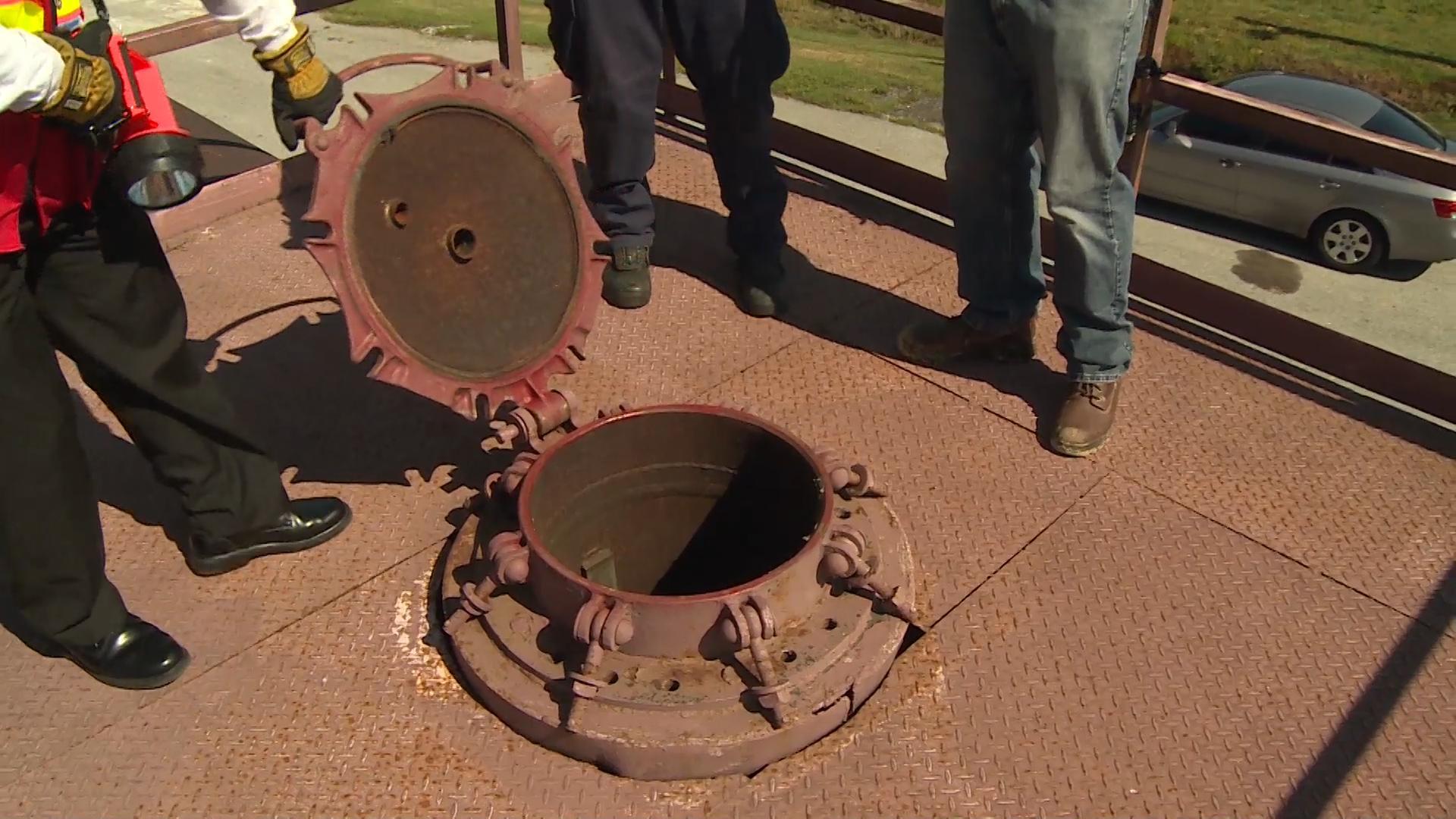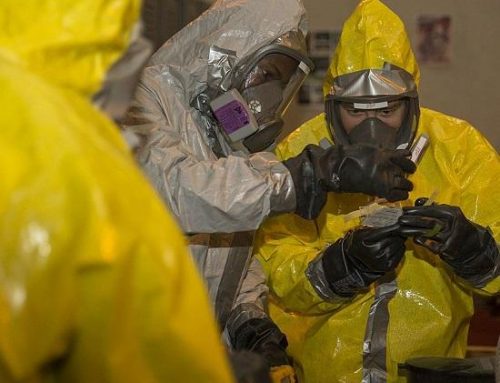Confined spaces, such as tanks, pipes, and vaults, can pose significant safety risks to workers if not properly entered and exited. In this article, we’ll provide some helpful advice to businesses on how to ensure safe and effective confined space entry in accordance with HAZWOPER regulations.
First and foremost, it’s important to have a written confined space entry program outlining the procedures for safely entering and exiting confined spaces. This program should include information on how to identify confined spaces, assess the risks associated with those spaces, and how implementing appropriate controls can mitigate those risks.
One of the most effective ways to prevent accidents and injuries related to confined space entry is by properly training employees on the hazards associated with confined spaces and the appropriate procedures for entering and exiting those spaces.
It’s also essential to have appropriate personal protective equipment (PPE) on hand to protect employees during confined space entry activities. This may include respirators, protective eyewear, and other specialized PPE.
In addition, it’s important to follow proper procedures for testing the atmosphere in a confined space before entering. This includes using appropriate testing equipment and implementing controls to ensure that the atmosphere is safe for entry.
It’s also a good idea to have a designated attendant to monitor workers entering and exiting confined spaces. The attendant should be trained in confined space entry procedures and have the necessary communication and rescue equipment in an emergency.
Here are 10 tips to help businesses ensure safe and effective confined space entry in accordance with HAZWOPER regulations:
- Have a written confined space entry program in place: Outline the procedures for safely entering and exiting confined spaces, including how to identify confined spaces, how to assess the risks associated with those spaces, and how to implement appropriate controls to mitigate those risks.
- Properly train employees on confined space hazards and procedures: Ensure all employees are aware of the hazards associated with confined spaces and the appropriate procedures for entering and exiting those spaces.
- Have appropriate personal protective equipment (PPE) on hand: Make sure you have respirators, protective eyewear, and other specialized PPE on hand to protect employees during confined space entry activities.
- Follow proper procedures for testing the atmosphere: Use appropriate testing equipment and implement controls to ensure the atmosphere is safe for entry.
- Have a designated attendant on hand: Make sure you have a trained attendant on hand to monitor workers entering and exiting confined spaces and to have the necessary communication and rescue equipment on hand in case of an emergency.
- Follow proper procedures for exiting confined spaces: Ensure all employees have exited the space before closing it off.
- Use appropriate entry and exit equipment: Ensure you have the equipment, such as ladders or scaffolding, to safely enter and exit confined spaces.
- Keep the area around confined spaces clear: Keep the area around confined spaces free of clutter and obstructions to reduce the risk of accidents and injuries.
- Conduct regular inspections of confined spaces: Regularly inspect confined spaces for potential hazards, such as leaks or spills, and take appropriate action to address any issues.
- Review and update confined space entry procedures regularly: Review and update your confined space entry procedures regularly to ensure that they are current and effective.
In conclusion, confined spaces can pose significant safety risks to workers if not properly entered and exited. By having a written confined space entry program in place, properly training employees, having appropriate PPE on hand, following proper testing procedures, having a designated attendant, and following proper exit procedures, businesses can ensure safe and effective confined space entry in accordance with HAZWOPER regulations.
Do you need HAZWOPER Online Training?
Try a free demonstration of HAZWOPER: Confined Space Entry










